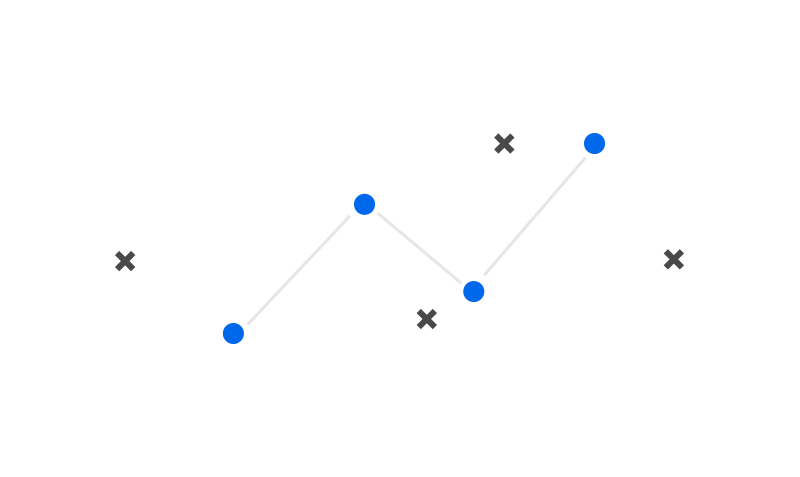
You can use a standard competency model
Use standard competency models out of the box or customize them. Each model contains role-specific competencies, tasks/skills, behavioral examples, target proficiency levels. They also contain mapped informal learning opportunities (part of the 70-20-10 model / experiential-collaborative-formal) to complement your formal activity offerings.
Do you have a model for me?
We have competency models for 175 job families, covering almost 3000 different jobs, across the following industries.
- Banking
- Construction
- Consulting Services
- Education
- Financial Services
- Energy
- Healthcare
- Hardware Manufacturing
- Hospitality
- Information Technology
- Insurance
- Manufacturing
- Media & Publishing
- Pharmaceutical
- Real Estate
- Retail
- Software
- Telecommunications
Through our partnership with Duke University, you can have a ready to use set of competency models and mapped competency-based learning with hundreds of informal and blended learning activities. Check them out.
We can build you a custom competency model in weeks
The following describes the process we complete for you, resulting in a custom, role-based competency model.
Rapid Job Analysis Workshop
We conduct a one day workshop (in person or virtual) with 4 - 6 high performers. Together we identify those tasks/skills high performers do that are important and critical to success. We define what separates “good” from “great”.
Identify Task Examples
For each task, we draft task/behavioral examples, provide them to the high performers for review/editing (pre-work), and conduct a virtual workshop to consolidate edits. Each example identifies the behaviors that would be exhibited by someone performing that skill or task at various proficiency levels. These examples provide each person in that role with a road map for how to be great and what "great" looks like. The examples serve as an excellent means to communicate and iterate best practices. And they ensure consistent and objective assessment and self-awareness can occur. It is through self-awareness that a person becomes intrinsically motivated to change.
Perform Task Proficiency Analysis
We define the target proficiency required for each task.
You can build your own competency model in weeks
Watch our free recorded webinar to get started.
Download the free materials with steps, templates and samples.
Get Started Quickly
Our competency development system takes just 2 weeks to implement. We provide everything you need to be successful, including communication toolkits and best practices tailored to all levels of the organization – employees, managers, and leaders.







